With the celebrity effect and the growth of smart phone sales generated by advertising endorsements, Xiaomi could not stand still. Red Rice Pro is Xiaomi's first smart phone using a celebrity endorsement, and still uses three stars to speak at the same time. Because of the additional cost of celebrity endorsements, most smart phones will also reduce material costs and thus increase profits, thereby reducing the cost-effectiveness of mobile phones. Although Red Rice Pro does not appear so obvious, it does not have the "cost-effectiveness" of Xiaomi in terms of configuration.
specification
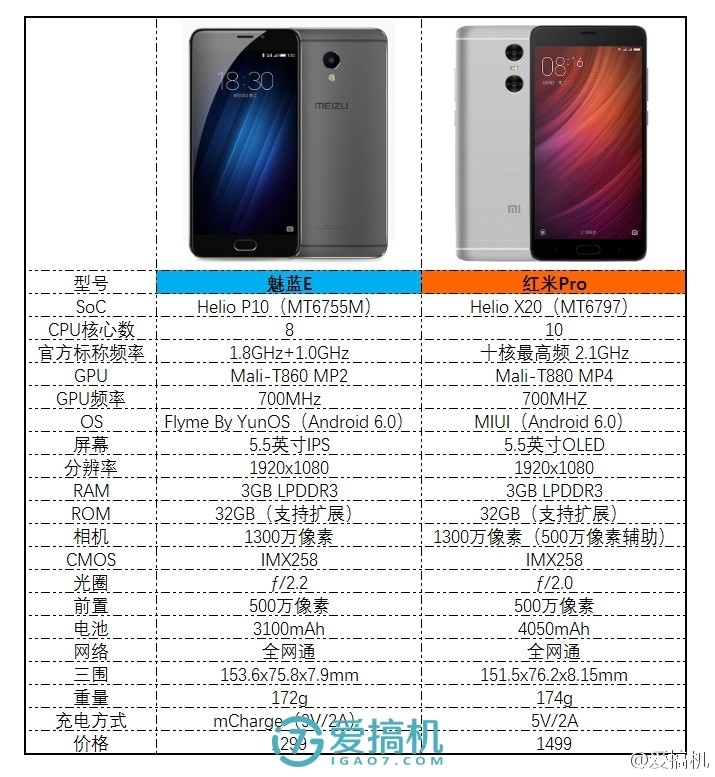
Charm Blue E Contrast Red Rice Pro Standard Edition

Red rice Pro different configuration parameter table
Red Rice Pro is divided into three versions. The standard version uses the MTK Helio X20 SoC. The high-end and exclusive models are the Helio X25, of which only 4GB of memory is exclusive. At present, Xiaomi's official website sells only the Red Rice Pro Standard Edition and the high-grade version. The selling price is 1499 yuan and 1699 yuan respectively.
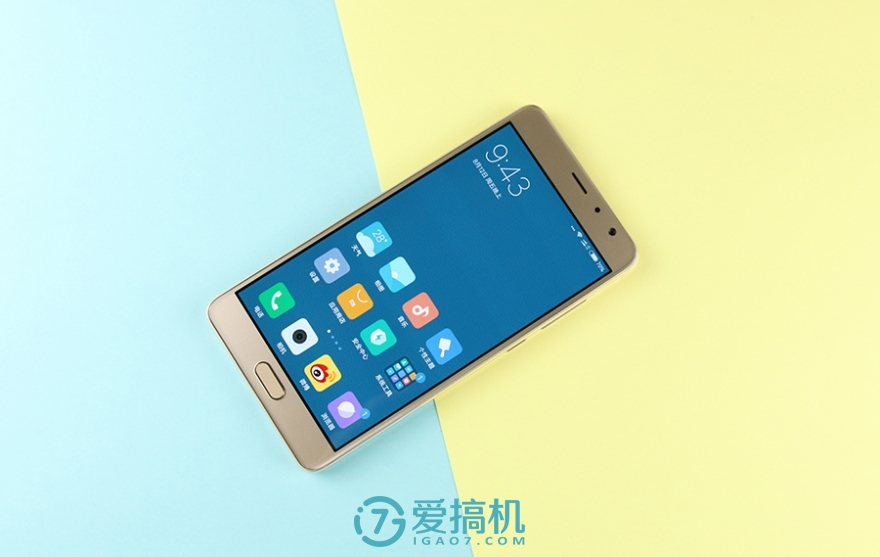
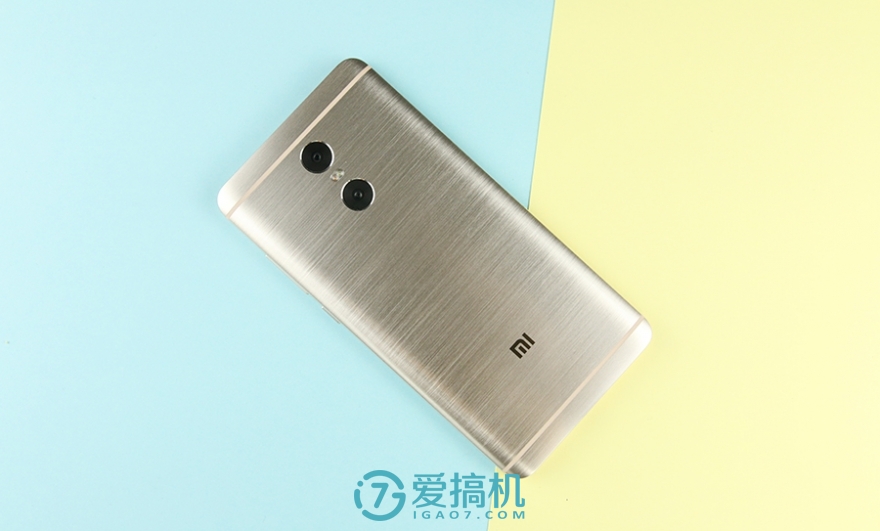
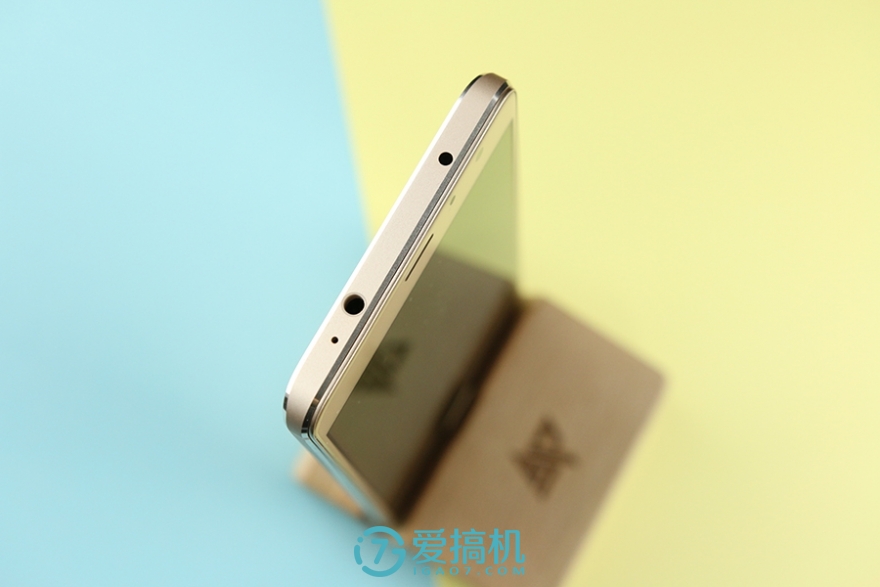
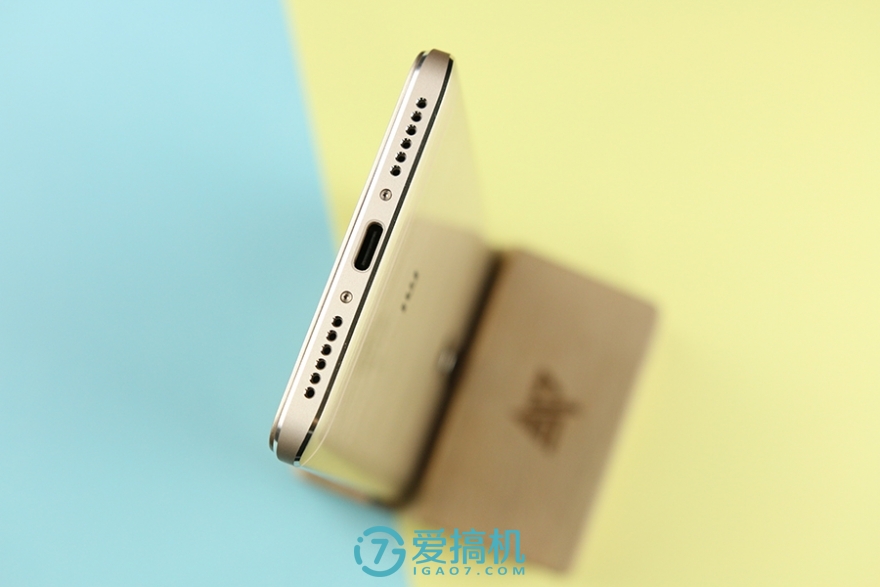
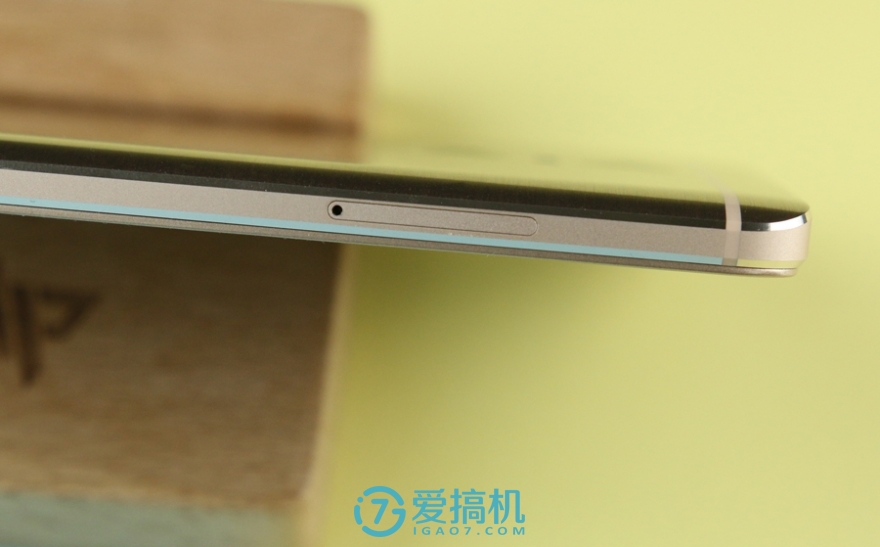
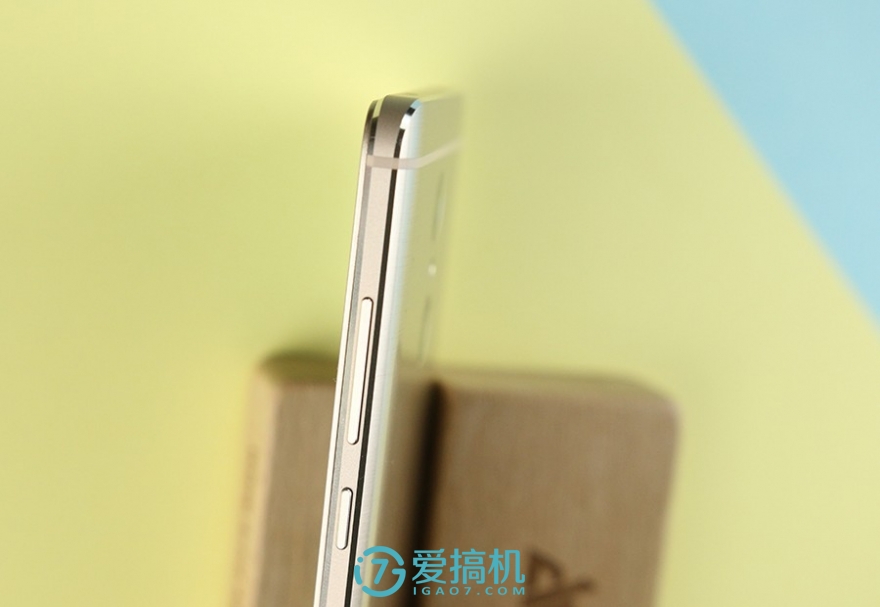
Red Rice Pro uses metal wire drawing on the back, which is very similar to Huawei P9. The metal feel of the whole machine is not strong, which is quite different from that of an all-metal mobile phone using an anodizing process. As far as the author's personal feelings are concerned, the mobile phones of the Red Rice series have never had an advantage in appearance. On the files of thousands of Yuan machines, I would prefer the design of Charm Blue.
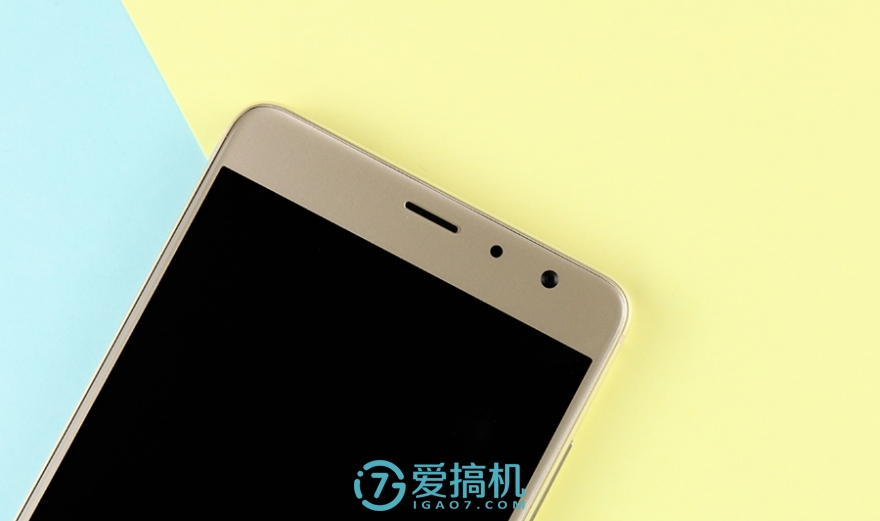
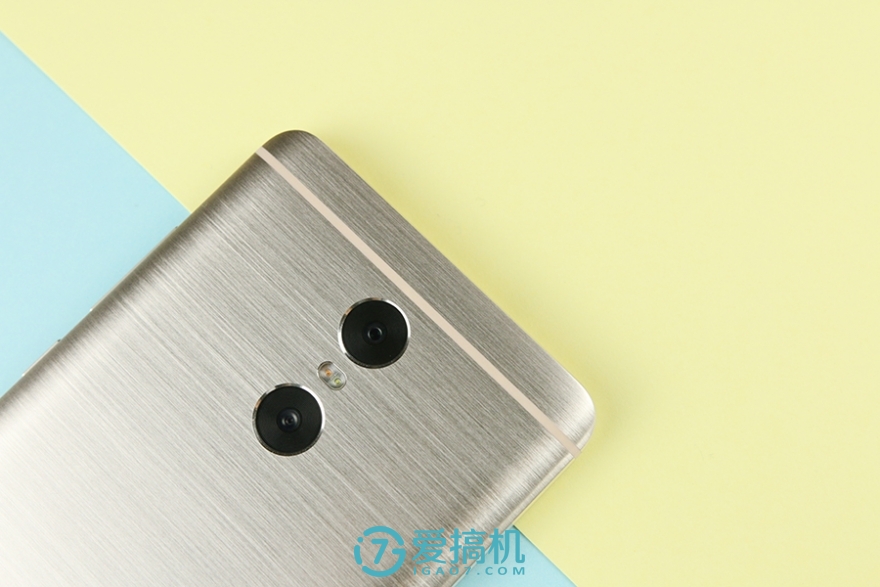
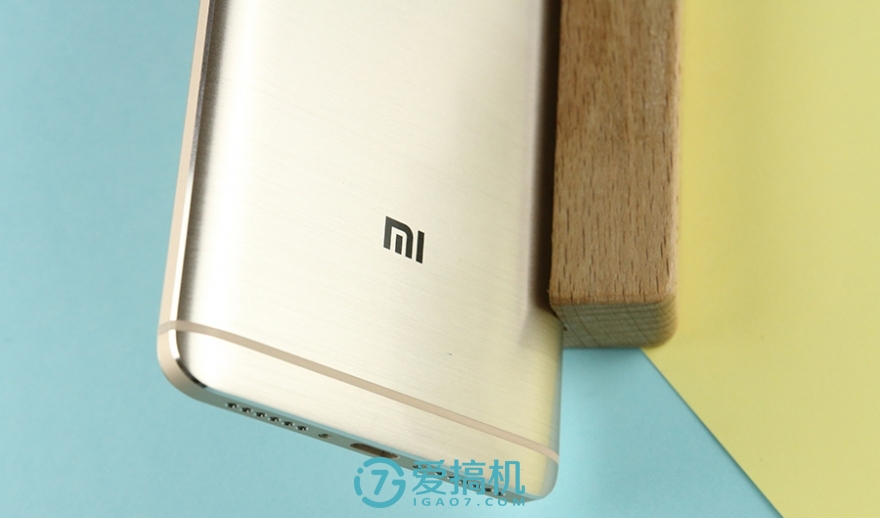
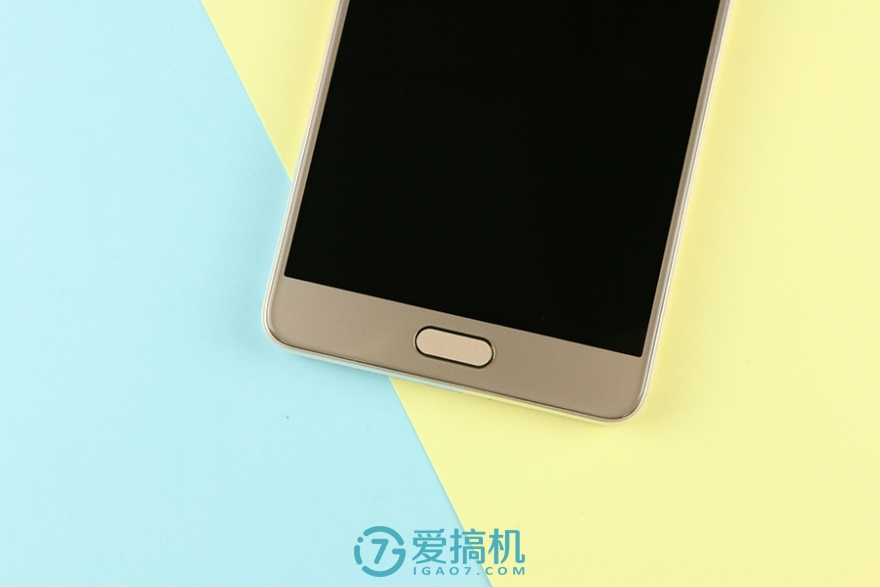
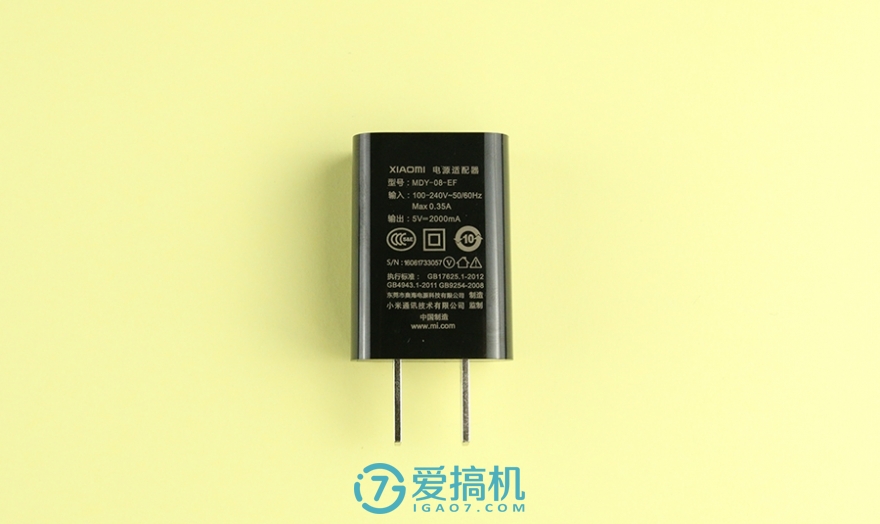
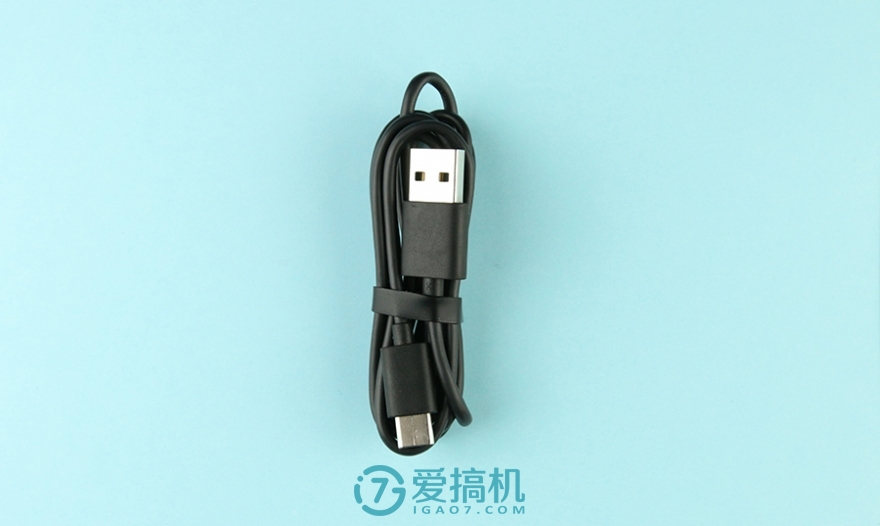
Red Rice Pro does not support fast charging. Its charger is only 5V/2A, and its data line is black skin-like material. It is a USB Type-C interface.
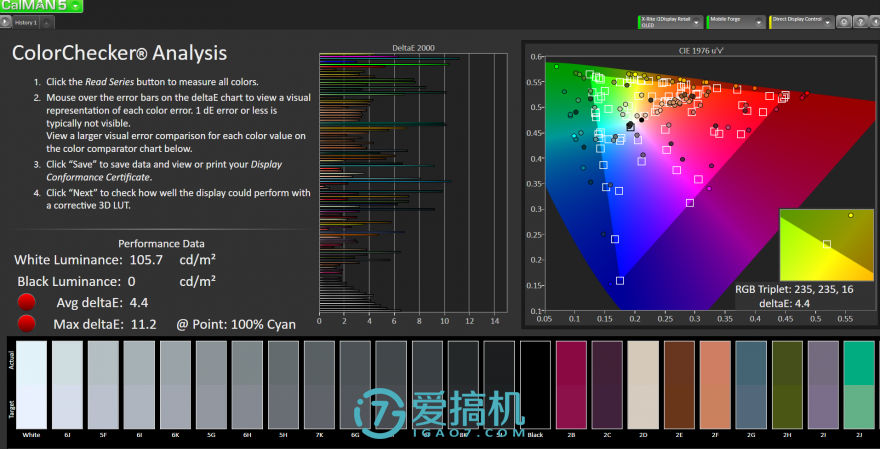
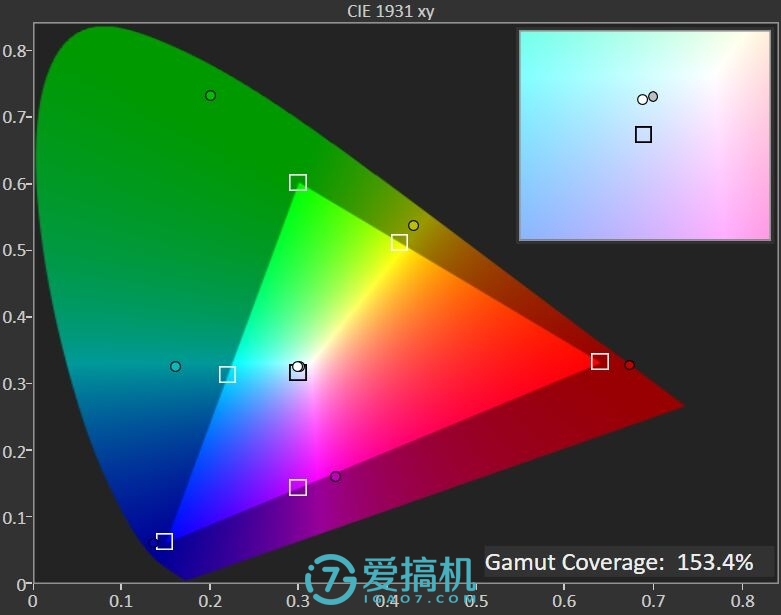
Red Rice Pro's screen outer glass is designed for 2.5D, but its curvature is smaller than most mobile phones with 2.5D glass cover. If you do not look carefully, it is thought to be an ordinary 2D design.
Test Results:
Default color temperature: 7125K Maximum brightness: 430nits sRGB Color space: 153.4% ​​104 color standard: 4.4
The brightness of the screen under the highest manual brightness: 405~470nits
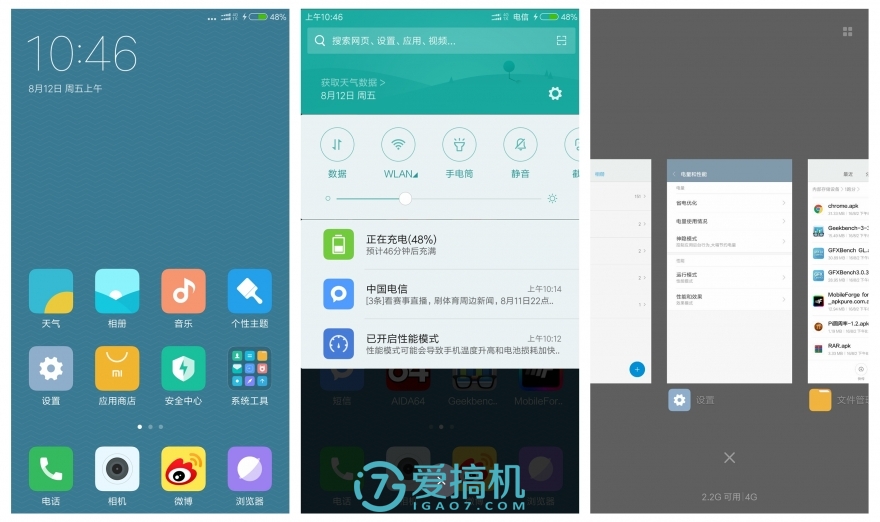
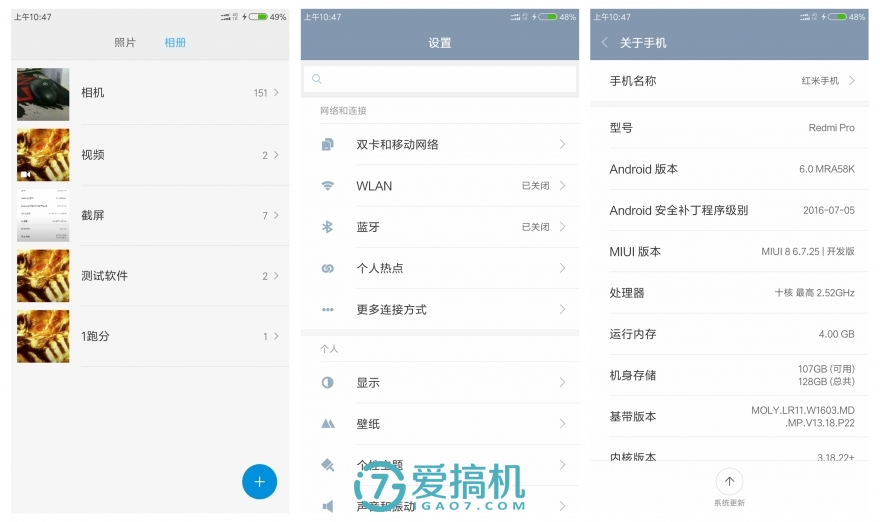
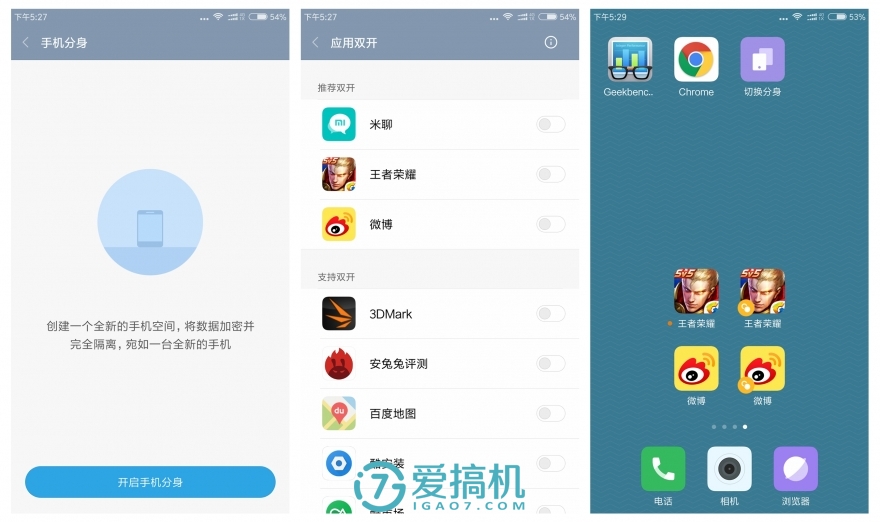
Redmi Pro uses the MIUI 8 system (Android 6.0), and 4GB of memory remains available after the 2.4GB is available. MIUI 8 is the two biggest features, it supports dual-open applications and mobile phone split function. We can find the option of mobile split and double open application in the settings. Multi-application support list is very rich, most applications support multiple open, dual-open applications will see a new App icon on the desktop, there is a sign in the lower left corner that is double open. After the phone split function is turned on, it will also generate a split icon on the desktop, and you can switch your phone at any time by pressing a button.
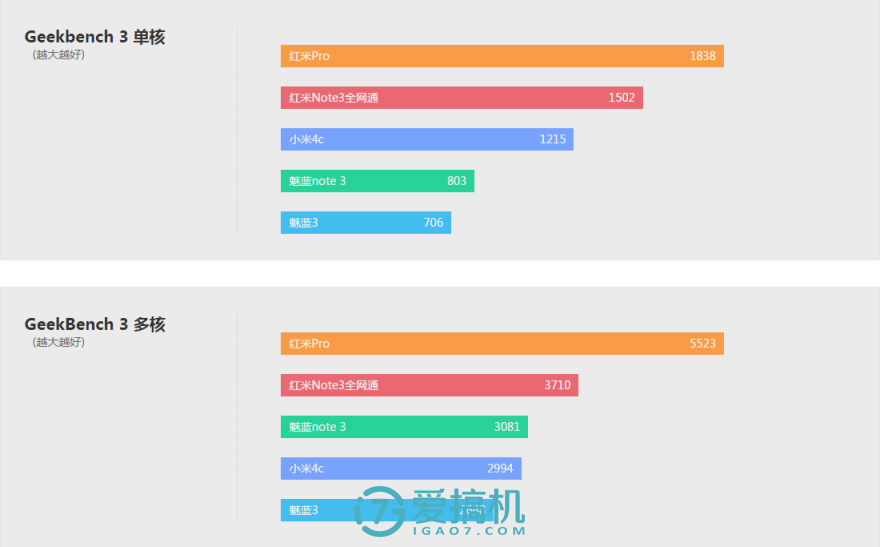
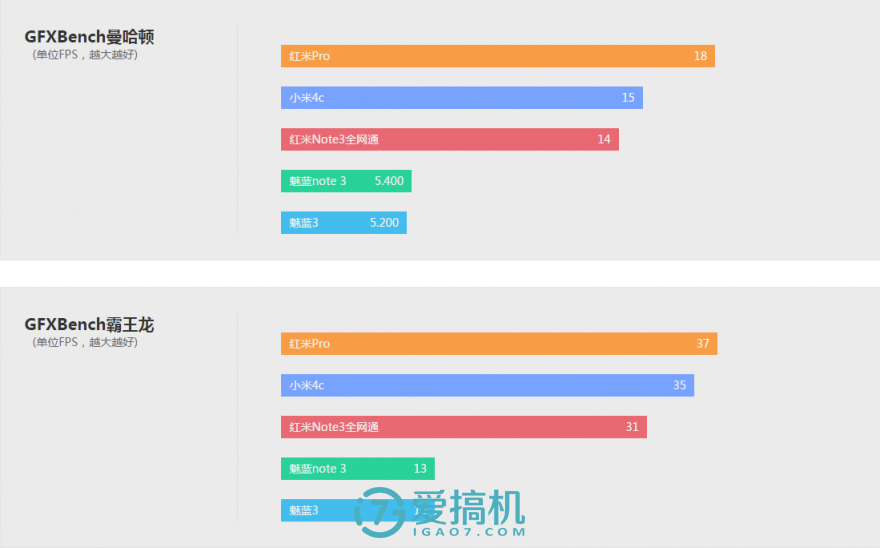
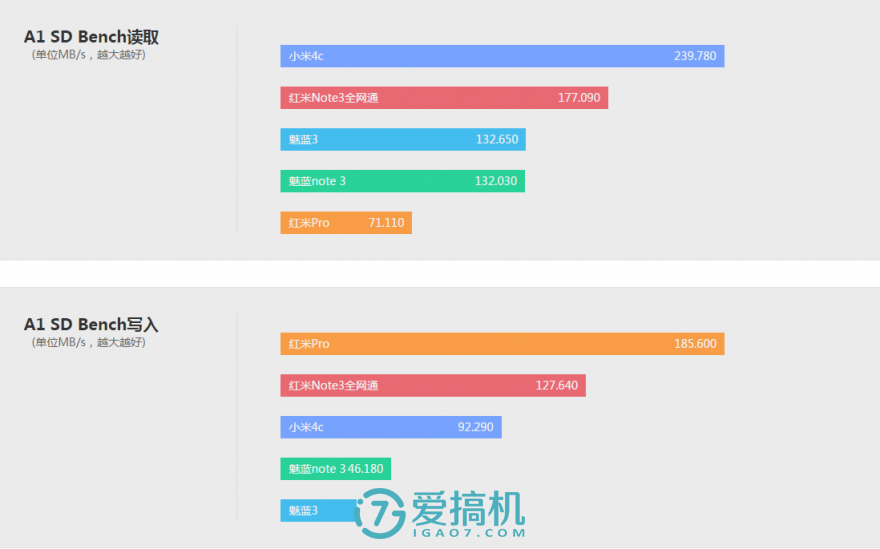
In terms of performance, since this is Redmi Pro's exclusive version, it uses the MTK Helio X25 SoC, which is even more powerful in performance than the Rednet Note 3 full Netcom version. The only drawback is due to the SoC limitation. Can use relatively backward LPDDR3 memory. In the test, we used the most popular king of glory to test, the king of glory special effects tune into the highest, but due to the king of glory of the Android version of the lock frame 30, so the red rice Pro frame can only reach 30 maximum. In the multiplayer team fight, the Red Rice Pro will be below 20 frames at most, and the majority of the game's frame rate will remain between 23 and 27.
Red Rice Pro uses a dual rear camera, a 13 million pixels (IMX258), a 5 million pixels, but it's this program and Huawei P9, 360 odd mobile phones using a black and white camera + color camera solution is not same. This time, we chose Xiaomi 4c, Xiaomi Max, and Red Rice Pro for comparison. The main test content is still Red Mi's daily night imaging comprehensive ability.
Double lens
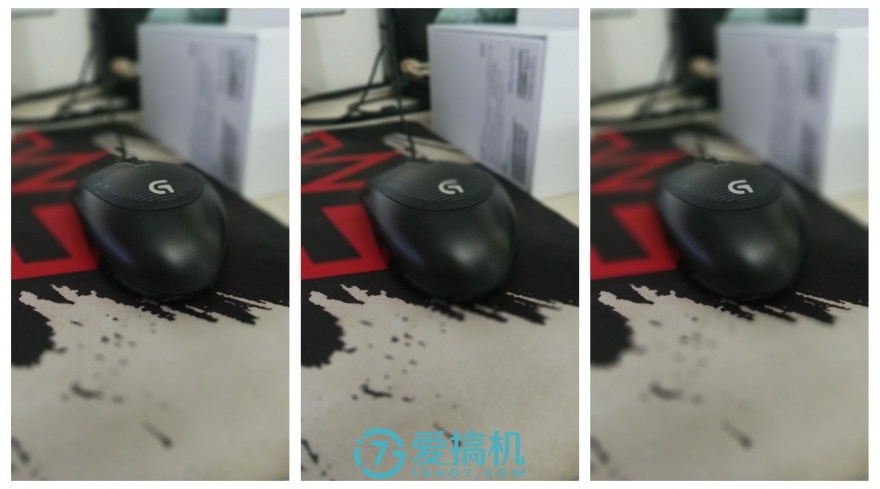
Spectral images taken with dual lenses at different electronic apertures
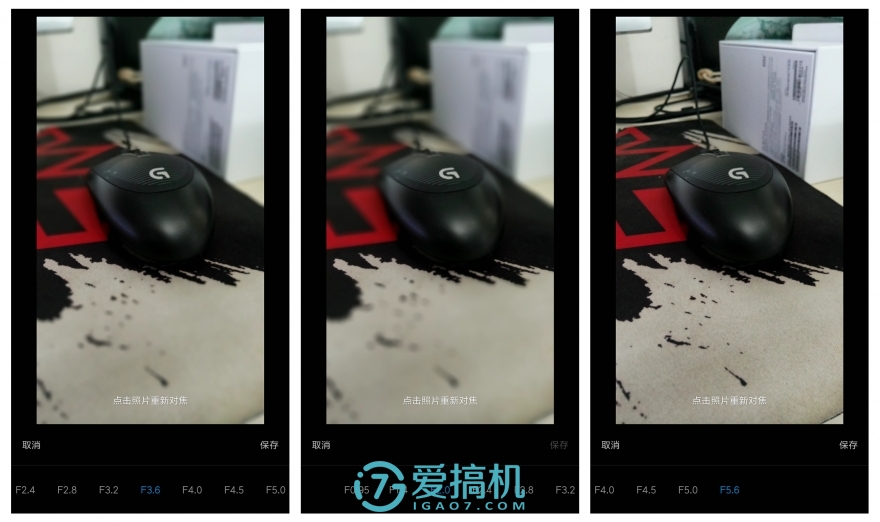
Enables focusing after taking a picture first, and adjusts the range of background blur through the electronic aperture
Red Rice Pro's dual-camera solution has appeared on the market very early. The dual lens can calculate a certain range of depth of field values. By adjusting the depth of field to simulate the camera's large aperture background blur, you can also take pictures and then focus and adjust the focus. . Of course, the double shot effect on Red Rice Pro is similar to that of most dual-lens mobile phones. The effect is not good, and the blur cannot guarantee the integrity of the edges of the object. At first glance, it is the kind of blurry PS (that is, P is not good). . After the large aperture has become blurred, there is a feeling of Low-Low, not to mention SLR, such a blur effect, not as honest as the normal mode.
Outdoor daytime
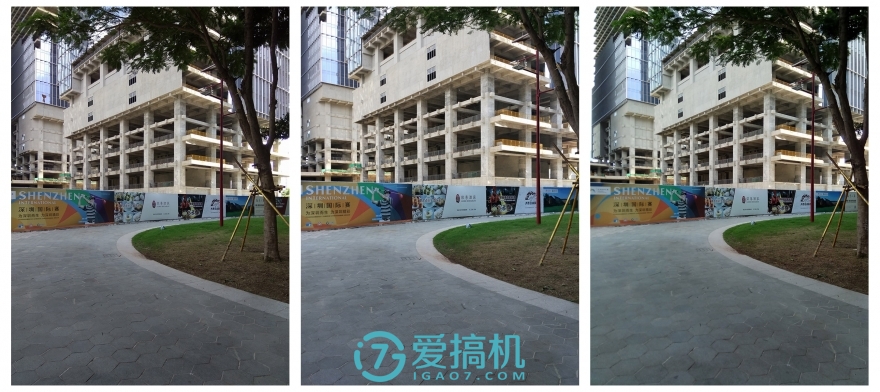
Left: Millet Max Medium: Millet 4c Right: Red Rice Pro
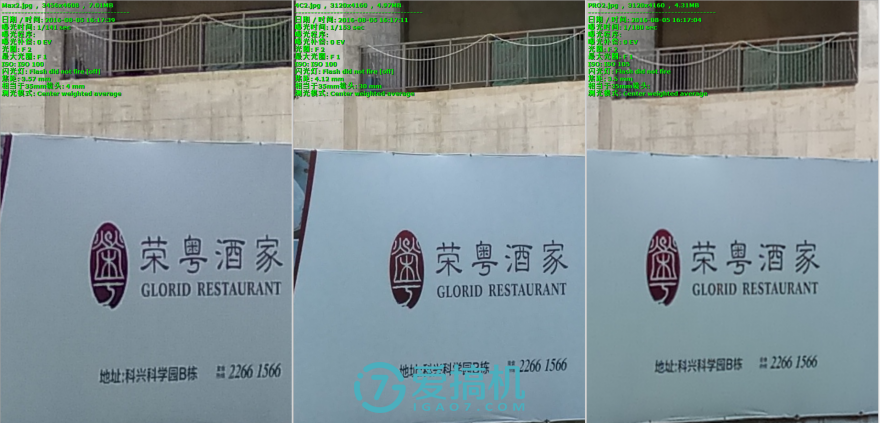
Left: Millet Max Medium: Millet 4c Right: Red Rice Pro
In the first set of scenes, the white balance performance of the three is not the same, millet Max red, millet 4c cold, red rice Pro is relatively close to the real, but there are deviations. In terms of resolving power, Xiaomi 4c has obvious advantages. In the font analysis of the “Rong Yue Restaurant†in the distance, Xiaomi Max and Hongmi Pro have not only insufficient sharpening but also have insufficient pixels.

Left: Millet Max Medium: Millet 4c Right: Red Rice Pro
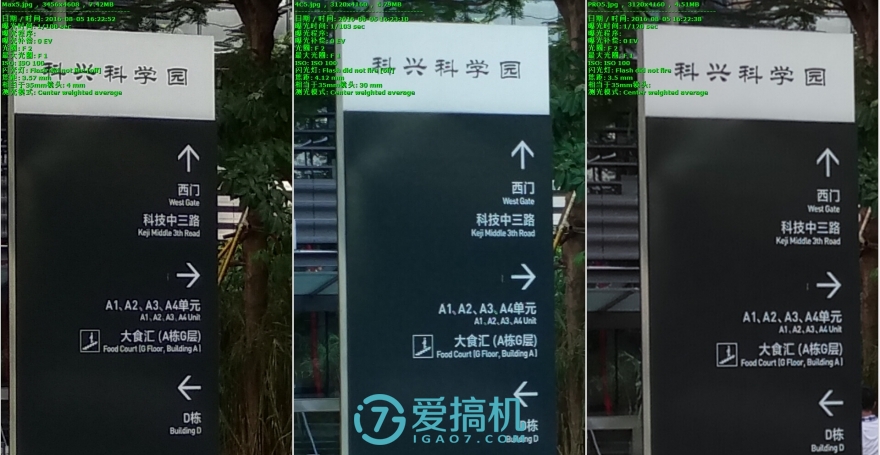
Left: Millet Max Medium: Millet 4c Right: Red Rice Pro
In this set of scenes, the white balance of the Xiaomi 4c is again problematic, and the overall color temperature is cooler, which is different from the color of the real scene.
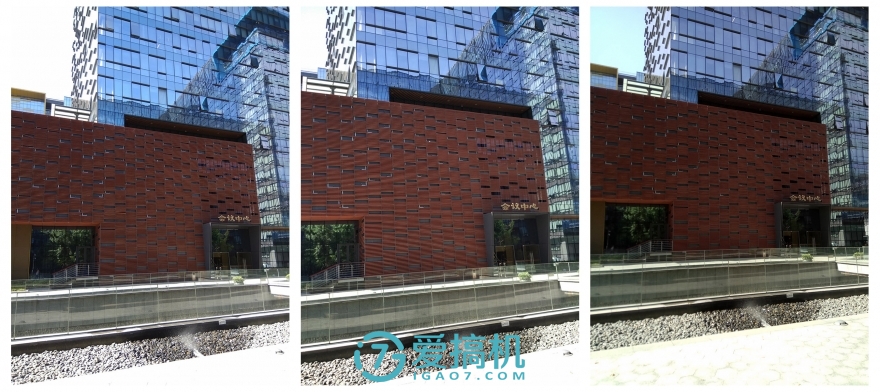
Left: Millet Max Medium: Millet 4c Right: Red Rice Pro
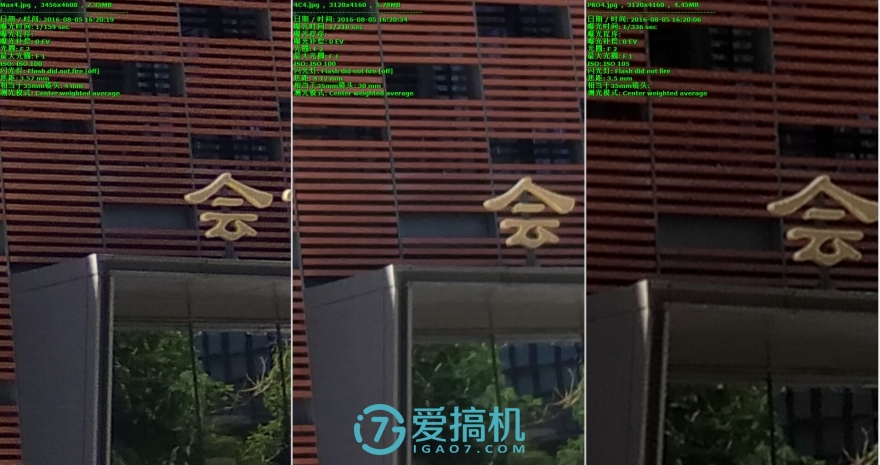
Left: Millet Max Medium: Millet 4c Right: Red Rice Pro
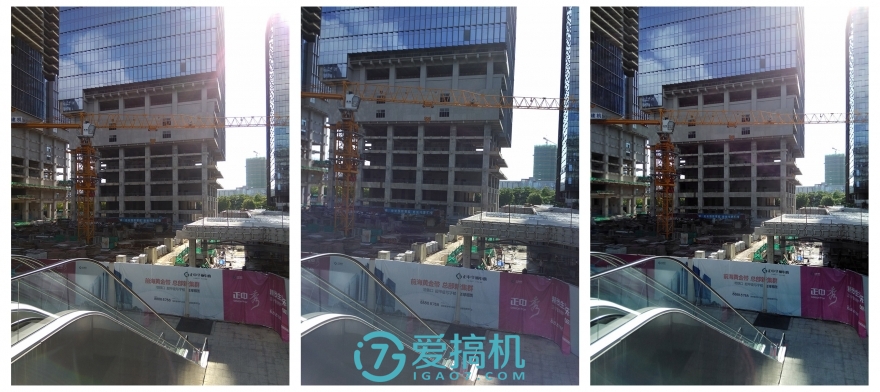
Left: Millet Max Medium: Millet 4c Right: Red Rice Pro

Left: Millet Max Medium: Millet 4c Right: Red Rice Pro
Due to the sufficient light in the outdoor scene, the main competition in the daytime scene is resolution, followed by white balance. Although Xiaomi 4c has only 13 million pixels, due to its large focal length and relatively small range of view, even in the same scene, it will have a clear analytical advantage over Red Rice Pro. This analytical advantage has even surpassed. Million Max of 16 million pixels. However, in terms of white balance, Xiaomi 4c has a white balance shift even during the day. The three have poor exposure to outdoor daytime exposure, and there are obvious overexposures when the sun shines. The performance of Red Rice Pro is relatively satisfactory.
Outdoor night
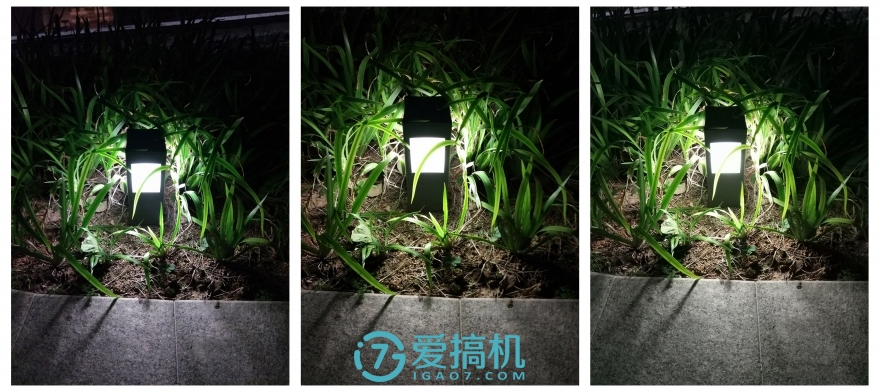
Left: Millet Max Medium: Millet 4c Right: Red Rice Pro
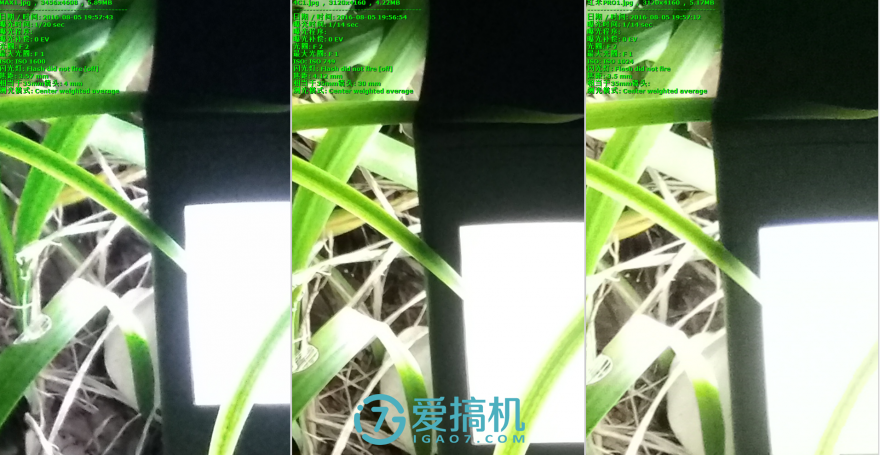
Left: Millet Max Medium: Millet 4c Right: Red Rice Pro
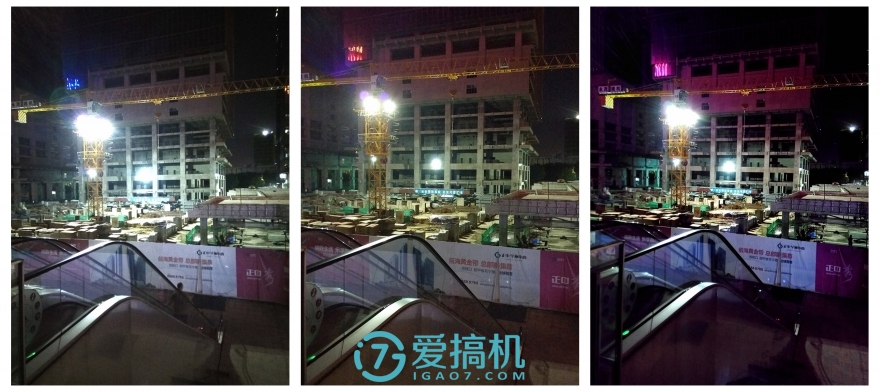
Left: Millet Max Medium: Millet 4c Right: Red Rice Pro
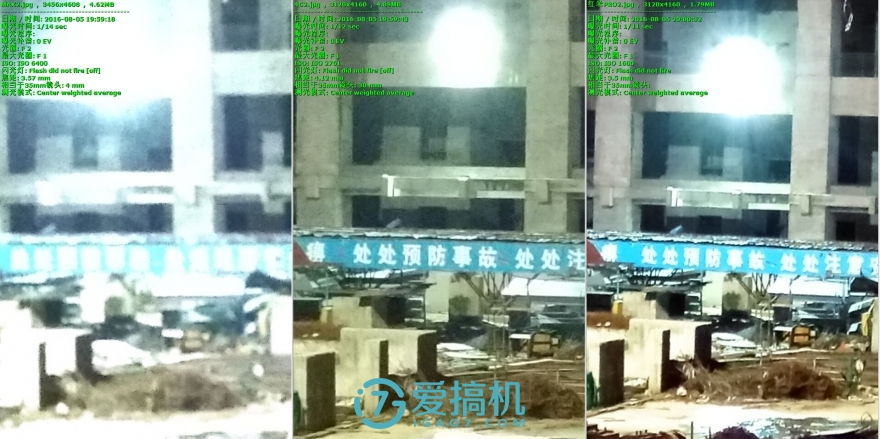
Left: Millet Max Medium: Millet 4c Right: Red Rice Pro
In this group of proofs, the anti-glare capabilities of the three pointlights in the distance are relatively poor. All three have serious glare and spots. The most serious ones are Red Rice Pro and Millet Max. The glare has affected the entire proofs. Imaging. Although millet 4c also showed glare and flare, it was not as serious as the other two.

Left: Millet Max Medium: Millet 4c Right: Red Rice Pro

Left: Millet Max Medium: Millet 4c Right: Red Rice Pro
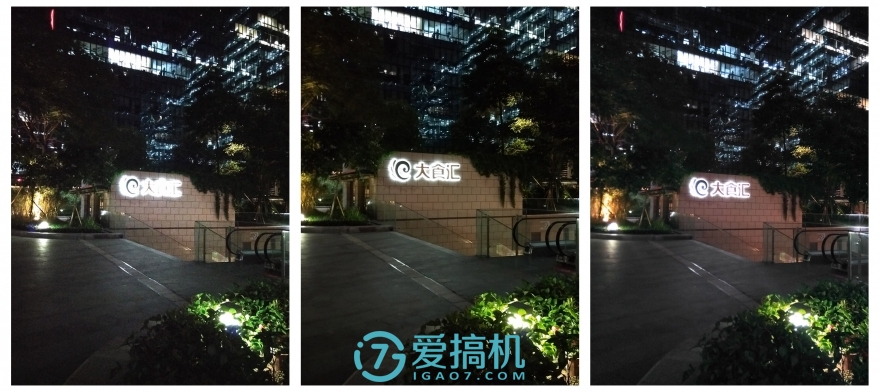
Left: Millet Max Medium: Millet 4c Right: Red Rice Pro
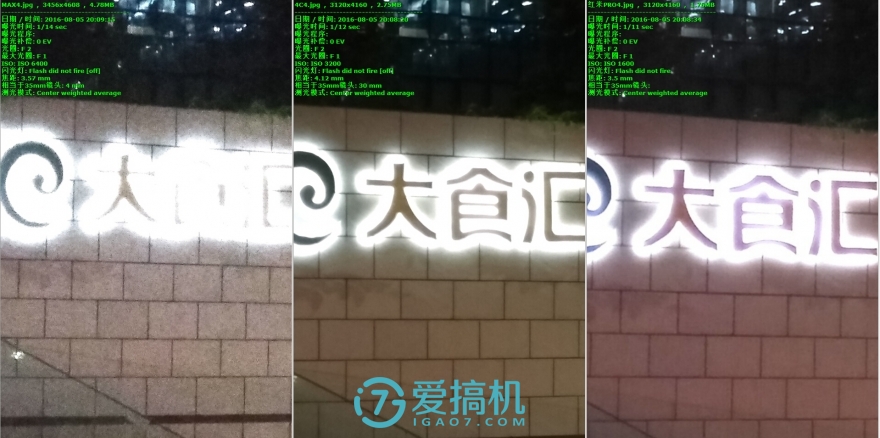
Left: Millet Max Medium: Millet 4c Right: Red Rice Pro
In the outdoor night scene, Xiaomi 4c still performed best, followed by Red Rice Pro. Millet 4c is far better than red rice Pro and millet Max in anti-glare. The performance of Red Rice Pro is not very stable. Red Rice Pro has taken several shots in the same scene. Different types of imaging will appear. Sometimes the noise will be increased and the resolution will be increased. Sometimes it will be applied to reduce the noise and reduce the resolution. force.
indoor
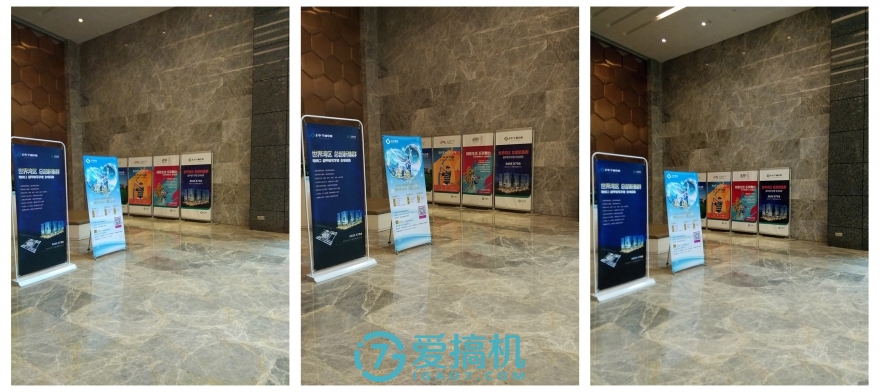
Left: Millet Max Medium: Millet 4c Right: Red Rice Pro

Left: Millet Max Medium: Millet 4c Right: Red Rice Pro
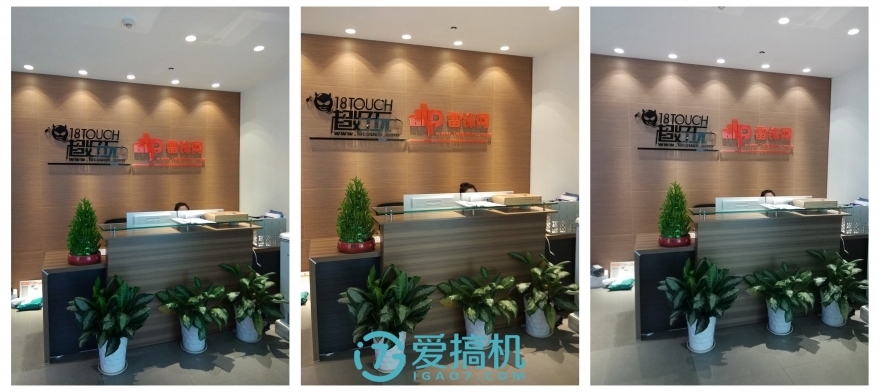
Left: Millet Max Medium: Millet 4c Right: Red Rice Pro
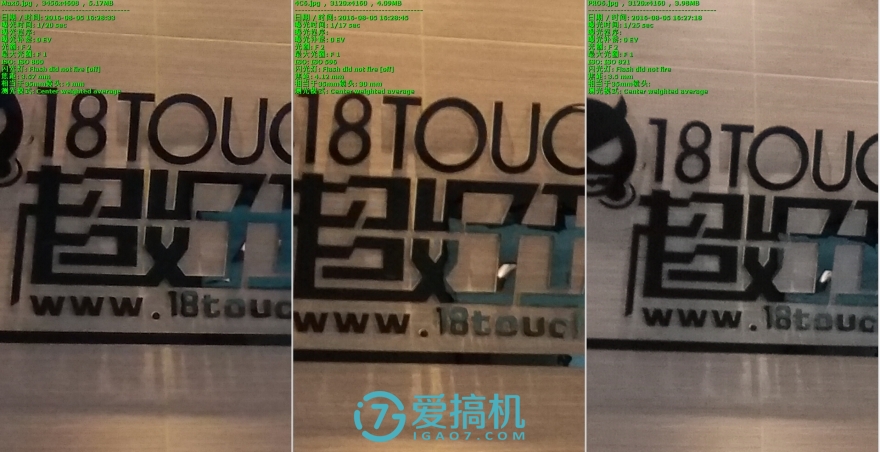
Left: Millet Max Medium: Millet 4c Right: Red Rice Pro

Left: Millet Max Medium: Millet 4c Right: Red Rice Pro
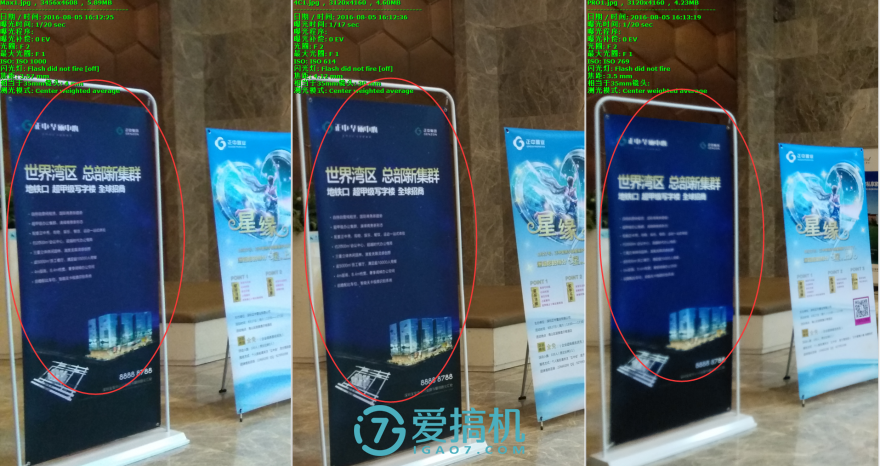
Left: Millet Max Medium: Millet 4c Right: Red Rice Pro
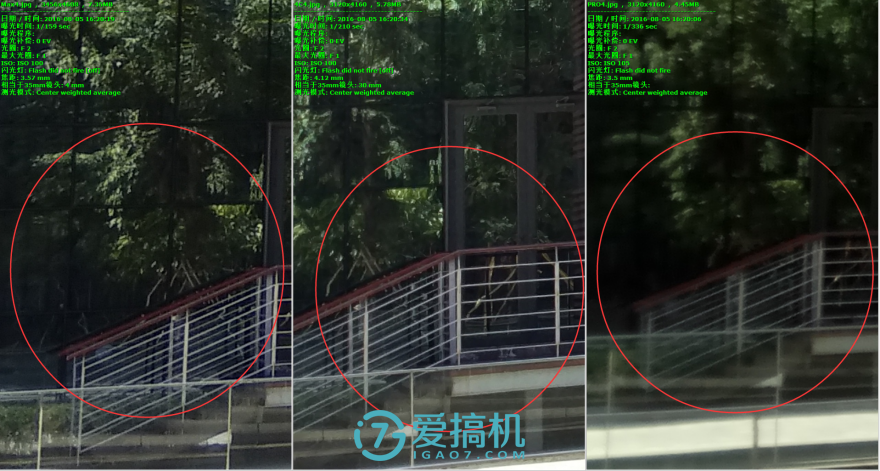
Left: Millet Max Medium: Millet 4c Right: Red Rice Pro
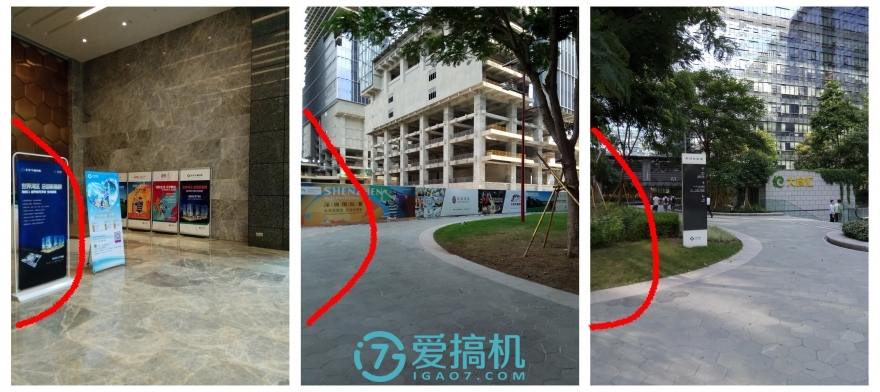
The red circle is the range of defocusing of the left edge of the red rice Pro
In the process of photographing, we stumbled upon the fact that the quality of the left edge of the Red Rice Pro on the hand would be out of focus, the resolution was very serious, and it was on the red rice Pro that was on hand. The 100% recurrence rate means that every proof will have such a problem. Since we only have one red rice Pro on hand, we are not sure whether this problem has occurred on a large scale, and we need to contact Xiaomi Mobile Company to determine it again.
Photographing summary
Red Rice Pro and Xiaomi 4c (our 4c is IMX258) both use the same IMX258, but the imaging of the two is obviously different. The 1099 yuan Xiaomi 4c has a better performance, and the red rice Pro is priced at 1499 yuan. The level of imaging still maintains the same level of quality as the red rice series. Although the price has increased, the quality has not changed.
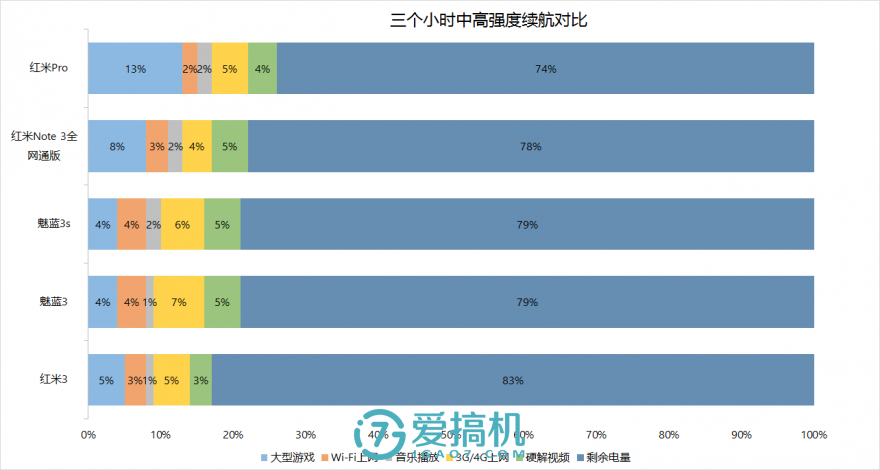
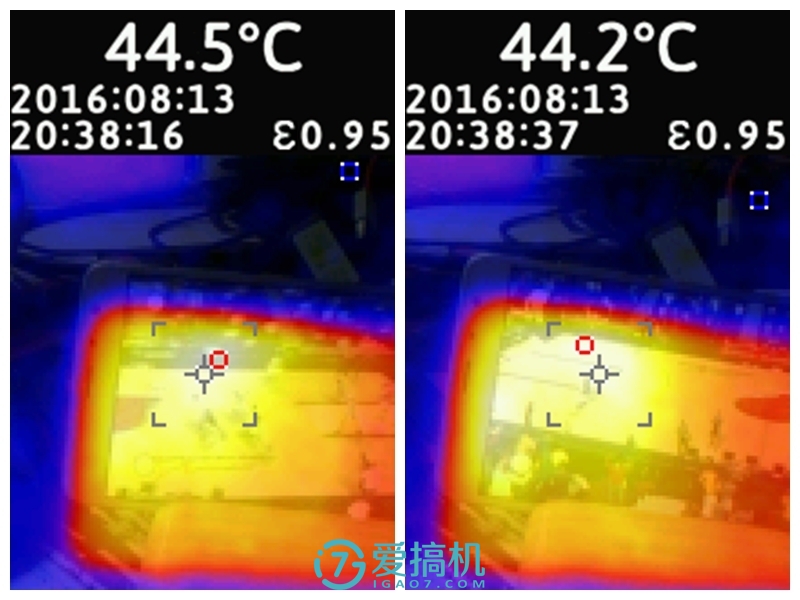
In terms of battery life, in our regular three-hour battery life test, Red Rice Pro performed generally, consuming 26% of its electricity, while its predecessor, Red Rice Note 3, consumed 22% of its electricity. From a numerical point of view, the gap between the two is only 4% of the battery capacity (the battery capacity of the two is the same), but to know that this 4% gap has occupied 15% of the total power consumption of Red Rice Pro, that is to say if we conduct In three 3-hour battery life tests, the Rednet Note 3 full Netcom version has at least 12% more power than the Red Rice Pro, but in fact it is definitely greater than this value, thinking that we all know that the 100% of the grid power is very strong. .
In terms of heat, the maximum temperature of Red Rice Pro after running for 1 hour NBA 2K15 is 44.5°C on the front of the fuselage. This is a bit higher than the 41.2°C temperature of the Meizu Pro 6 and its fever performance is of a lower level.
to sum up

We didn't see any bright spots other than celebrity endorsements in the Red Rice Pro. Weak dual shots and general SoC performance. The red rice series in the past even if there are 10 million kinds of slots, their cost performance is consistent, with the exception of Red Rice Pro. The Red Rice Pro is Xiaomi's test of the star effect, but it is puzzling why Xiaomi must use a celebrity endorsement on a red rice series for low-end users. The celebrity endorsement costs and the red rice series itself. The characteristics (low price, price/performance) violate. Then is it possible that the red rice series will change its long-term past "low end" label after becoming a star? This question needs the market to answer.